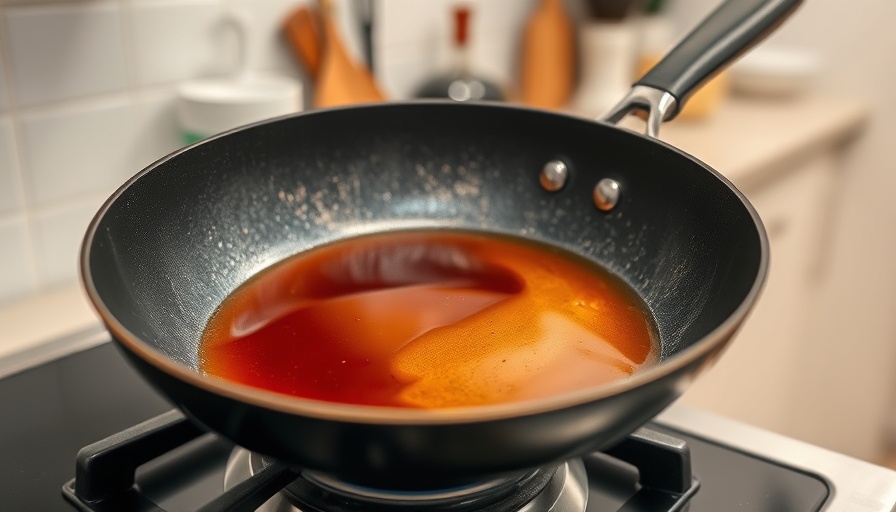
The Hidden Dangers of Improper Cooking Oil Disposal
Cooking is a delightful experience for many, but it also comes with responsibilities, especially when it comes to disposing of used cooking oil. A casual attitude toward disposal—like dumping oil down the drain—might seem harmless, yet it can create substantial issues over time. Improper disposal leads to clogs in plumbing, rancid odors, and significant costs for municipal sewer systems. As Jorge Argota, a cooking oil recycling expert, notes, used cooking oil acts like cholesterol in pipes, creating blockages that can last for years. Small amounts may seem inconsequential, but over time, they add up and can lead to serious plumbing problems.
The Importance of Following Local Disposal Regulations
Did you know local laws exist to prevent the disposal of large quantities of cooking oil in sinks? Many municipalities enforce fats, oils, and grease (FOG) ordinances to protect their sewer systems. These regulations not only highlight the community’s commitment to reducing environmental impact but also serve as valuable guidelines for homeowners. To comply with these regulations, residents can easily research their municipality’s rules by searching online for “FOG” regulations or by contacting the local public works department. This engagement creates awareness about the environment and helps maintain our vital sewer systems.
Best Practices for Disposing of Cooking Oil
So, how can you dispose of cooking oil properly? The answer lies in a simple mantra: cool, contain, recycle. For smaller quantities, such as half a cup or less, let the oil cool, wipe it with paper towels, and throw it away in the trash. If you’ve used a few cups, place the oil in a sealed container like a jar or milk carton before discarding it. Always remember, if the oil is clean, you can strain and reuse it! For larger amounts, like from a deep fryer, save it in a sturdy container and take it to a local recycling center or hazardous waste facility. By taking these steps, you not only protect your home but also contribute positively to your community’s environmental efforts.
Finding Local Cooking Oil Disposal Options
In our busy lives, it can be tough to keep track of proper disposal methods. Fortunately, resources like Earth911’s cooking oil recycler locator can help you find drop-off points near you. An internet search for “cooking oil disposal near me” might yield local companies that specialize in recycling and safe disposal. It’s noteworthy that some communities set up collection points, especially during the holidays. For instance, Outagamie County, Wisconsin, allows residents to drop off up to 25 gallons of used cooking oil daily at their Resource Recovery Park. This ensures that the oil is processed correctly rather than damaging the environment or plumbing.
Examples of Creative Upcycling: Making the Most Out of Used Cooking Oil
What if you could repurpose your used cooking oil instead of tossing it? Options abound beyond straightforward disposal. You might consider using the oil in homemade candles, as a base for soap making, or crafting a natural insect repellent. Not only do these uses minimize waste, but they also give the oil a second life, making sustainable living a reality. Upcycling cooking oil promotes creativity and resourcefulness in home improvement projects, aligning with contemporary trends toward greener lifestyles.
Final Thoughts on Sustainable Cooking Practices
The journey toward sustainable living starts with small, actionable steps, and disposing of cooking oil correctly is one of them. As homeowners, it’s vital to understand the implications of our actions on the local environment. By following proper disposal methods, educating ourselves about regulations, and exploring creative uses for cooking oil, we can contribute to a healthier environment and enhance our well-being. Let's take pride in our cooking habits, ensuring that our kitchens are not only places of culinary delight but also centers for responsible living.
Now that you've learned the essential steps for disposing of cooking oil, it’s time to put this knowledge into practice. Whether you’re planning your next meal or tidying up after a cooking frenzy, always remember to prioritize proper disposal methods. Your home, community, and the environment will thank you!
 Add Row
Add Row  Add
Add 




Write A Comment